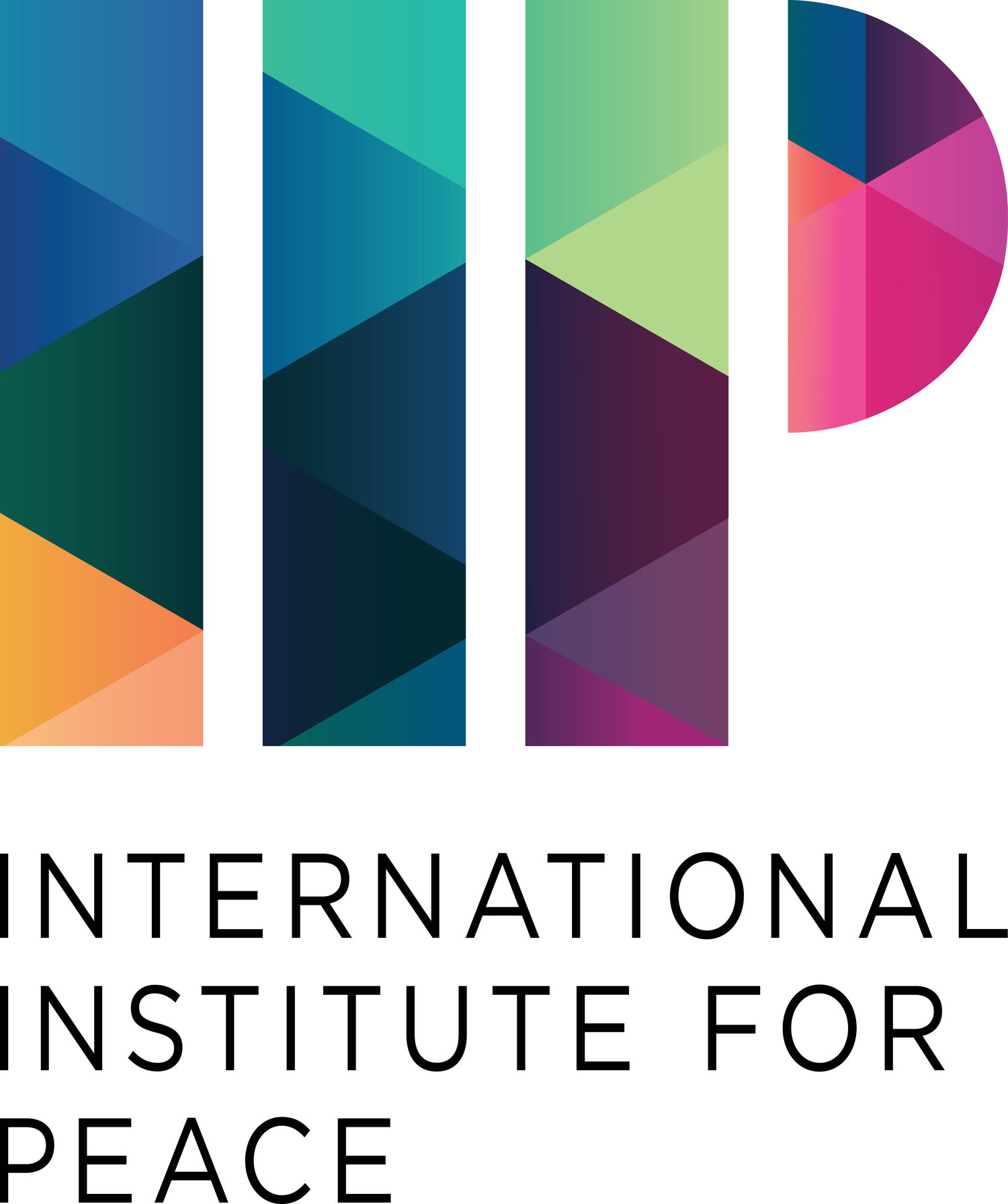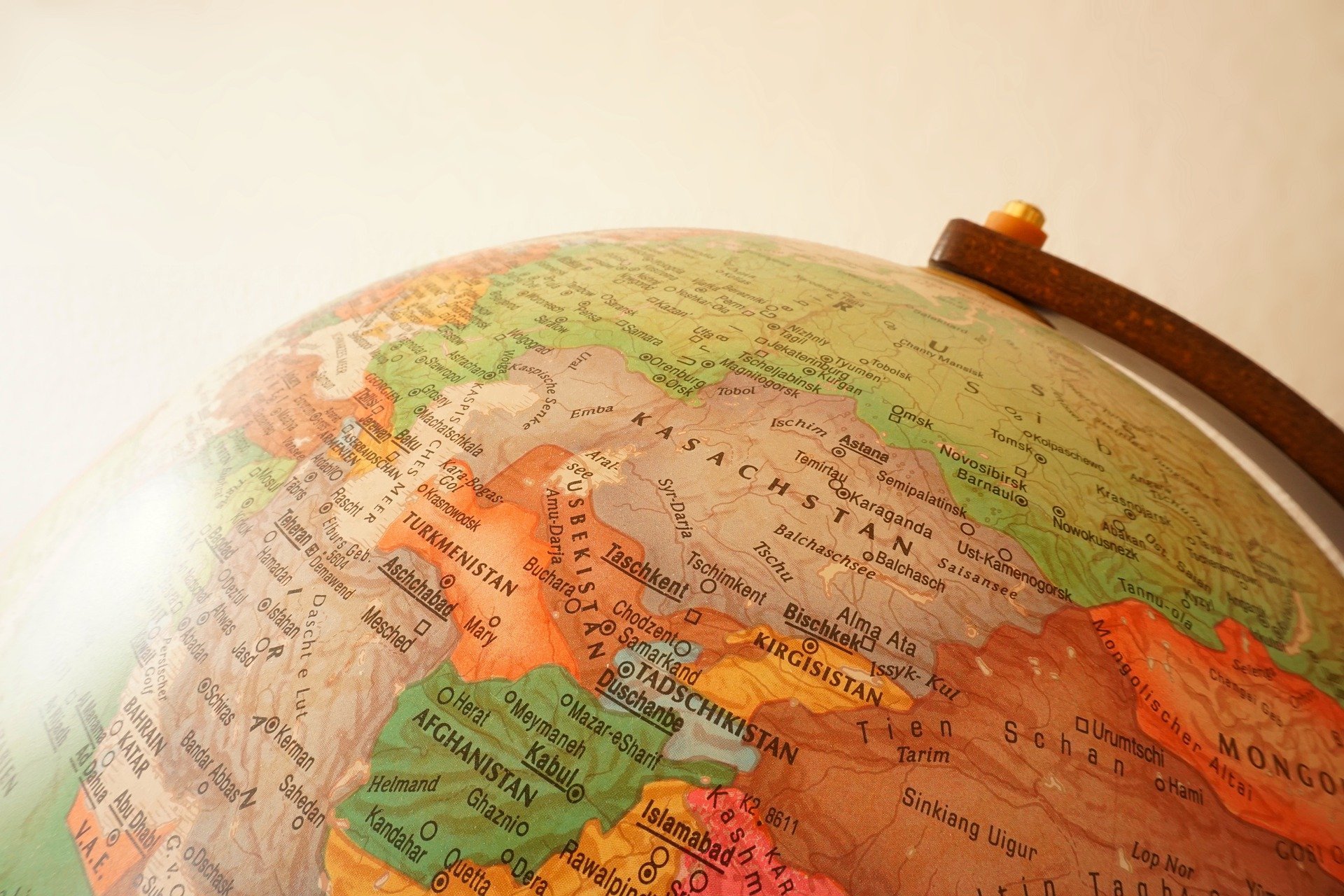What Central Asia is not
Thirty years after the collapse of the Soviet Union, new regionalism is being shaped in Central Asia, the process that will require serious revision of the conceptual basis of the preceding transformation modalities.
First: ‘No longer transition period’. Throughout 30 years of development since they gained independence in 1991, Central Asian countries lived with a conviction that it was a period of transition from administrative command economy to market economy, from totalitarian political system to democracy, from national confusion to national revitalization. However, now, the so-called notorious transition period is over.
Second: ‘No longer post-Soviet’. After the breakup of the Soviet Union its republics used to be portrayed as post-Soviet. This notion designated specific feature of their modus vivendi – persistence of the Soviet legacy and traditions in political, economic, social and cultural life. Although some remnants of these Soviet traditions are still present in everyday life of people as well as in political practice, over the thirty years period most of them have been overcome due to generational changes and the effects of globalization. One should take into account that a new generation has grown up that neither has good knowledge, nor nostalgia about the Soviet past that their parents shared.
Third: ‘No longer newly independent’. After gaining independence the countries in question were called ‘newly independent states’ (NIS). Such a status by definition cannot last forever or infinite time. Throughout the independence period these states have completed shaping their statehood, established diplomatic relations with all countries of the world, became members of the UN and other prominent international organizations and even learnt to play geopolitical games, and thereby acquired significant experience in living and acting as full-fledged independent states. Taking into account this fact, they are no longer newly independent but rather young independent states. Such differentiation is important, since it helps understand more correctly their national interests which evolved from survival needs through transition requirements to prosperity tasks.
Fourth: ‘No longer Eurasian’. Many experts ascribe Central Asians a Eurasian identity and attach them politically to the Eurasian region. However, this is incorrect perception for at least three reasons: a) Eurasian ideology was reincarnated after the collapse of the Soviet Union as a substitution of the Soviet socialist ideology to serve Russian interests of reunification of the former Soviet republics against western threats. b) Eurasianism undermines self-sufficiency and self-value of Central Asian region and just embodies the asymmetric model of integration with great power domination. c) Eurasian (re-)integration is a premature concept given the priority that should be given to the more realistic Central Asian integration. In general, Eurasianism itself is an explicitly post-Soviet model with implicit geopolitical burden. In other words, ‘Eurasian’ means the same as ‘Soviet’.
Fifth: ‘No longer Great Game’. The region is exposed to a geopolitical struggle but it is a different type of game than the classical Great Game of two great powers. This notion implied in the past that major powers of the world pursued hegemonic plans toward this region at the expense of each other’s interests. Such order of things in Central Asia has changed with the states of the region acting as independent subjects of the international system, capable to be the actors of geopolitics on their own. They can play off geopolitical card vis-à-vis great powers and, interestingly, they can play smaller geopolitical games vis-à-vis each other within the region – the phenomenon that I call ‘micro-geopolitics’.[1] So, there is no longer a classical Great Game but the region is facing a more complicated round of geopolitical competition in which they themselves participate as actors.
Sixth: ‘No longer at the periphery’ (significance-insignificance conundrum). Although independence of the former Soviet republics was automatically recognized worldwide, they were perceived as peripheral countries insignificant for the world politics. They were stereotypically perceived as fragile, insecure, and doomed to depend on external assistance for their development. Subsequently, however, the Central Asian region was re-discovered as an area rich in natural resources and located in a strategically important part of the world between Russia and China as well as neighboring war-ravaged Afghanistan. Countries of the region have mostly Muslim population and play a crucial role in the world of Islam. In 1997 five Central Asian states being surrounded by nuclear powers proclaimed the region a Nuclear-Weapon-Free Zone – first and the only one in the northern hemisphere.
Seventh: ‘No longer conservative’. This term means simultaneously ‘traditional’, ‘archaic’, ‘autocratic’, ‘backward’ and the like. Such widespread macro-level stereotypes conceal micro-level nuances and cloud over vision of prospect of the countries and societies concerned. Throughout thirty years, the five states have undertaken profound reforms, albeit with different degrees of efficiency and with ups and downs, on modernization, democratization and market economy. It is true that they have not yet demonstrated huge progress (or “miracle” as was the case with some “Asian tigers”, like Singapore or Malaysia), but treating them as fully conservative would also be inadequate.
All Central Asian countries did proclaim democratic choice in their development many have significant potential for rapid development. At least, two of them – Uzbekistan and Kazakhstan – as most powerful countries of the region constantly improve their international ranks on various categories which many international organizations indicate. Moreover, these countries have an essential and unique asset which pushes them forward: it is their regional integration framework.
What Central Asia is (should be)
As one can see, the study and comprehension of emerging new regionalism in Central Asia requires revisions of some conceptual bases of the preceding transformation modalities. The Central Asian regional order is different than in the preceding period.
Central Asia today is standing before a fundamental and strategic threefold task.
1) Conceptual. This is a question of What, Who, Where and Why? In other words, we should define what integration means in this region, who accomplishes it, in which geographical limits, in what period of time and why the integration is needed. Discussion on these questions is yet to be unfolded broadly; and without such discussions eclectic perceptions, superficial judgements, vague arguments will accumulate and mislead from conceptual solutions.
2) Model. This is a question of essence and form, that is, institutional, legal, economic and political provision of the integration process. Some experts propose ASEAN model as the most relevant for Central Asia, others believe that model of the Visegrad Four or the Scandinavian community within the EU is the best, still some others defend the model of the European Union as the most suitable to the interests of Central Asian states.
3) Dynamics. This is a question of the speed and directions. In other words, Central Asians should decide on pace, stages and mechanisms of integration. Nowadays, there is a contrast between previous stages of fifteen years of successful but interrupted integration (1991-2005) and current stage of cautious and slow process of regional cooperation in the form of Consultative Meetings of presidents. From the viewpoint of dynamics, it is vital to pass from Consultative Meetings to full institutionalization by creating interstate and supranational structures.
In lieu of conclusion
New regionalism ahead will not be free from geopolitics which is actually one of multiple challenges the region is going to face in the near and mid-term perspective. In order to withstand them, the five states must resolve their integration puzzle which itself is a complex one. It includes principle and vital questions: Will Central Asian countries become democratic in the near perspective? How should and can they embody regional integration model and institutions? Is growing Islamization of societies in these countries posing challenge to a democratic perspective, on the one hand and to stability, on the other? What (potential) assets do these states possess that make them capable of withstanding geopolitical pressure? What stimulus can the normative base, values, identities provide for integration?
In this respect, the European Union can provide an important lesson for Central Asia to be studied. The new EU Central Asia Strategy says:
“The EU is determined to invest in the new opportunities and growing potential for cooperation within and with the region as a whole. Regional cooperation should allow Central Asian states to better manage their interdependence, address their vulnerabilities and shared concerns, unlock their economic growth potential, increase influence in international affairs and preserve their independence and identities. While it belongs to Central Asians to identify ways to advance voluntary forms of regional cooperation at their own pace, the EU will support these processes, based upon its own experience of the benefits which integration mechanisms and greater connectivity can bring”.[2]
[1] Tolipov, F. Towards the New Paradigm of International Relations: The Implications of Central Asian Geopolitics, in Anita Sengupta and Suchandana Chatterjee, eds., Eurasian Perspectives: In Search of Alternatives (Kolkata: MAKAIAS, 2010), pp.15-28.
[2] “The EU and Central Asia: New Opportunities for a Stronger Partnership”.
JOINT COMMUNICATION TO THE EUROPEAN PARLIAMENT AND THE COUNCIL. Brussels, 15.05.2019.
Dr. Farkhod Tolipov, Director of the Non-Governmental Research Institution “Knowledge Caravan” in Tashkent, Uzbekistan

